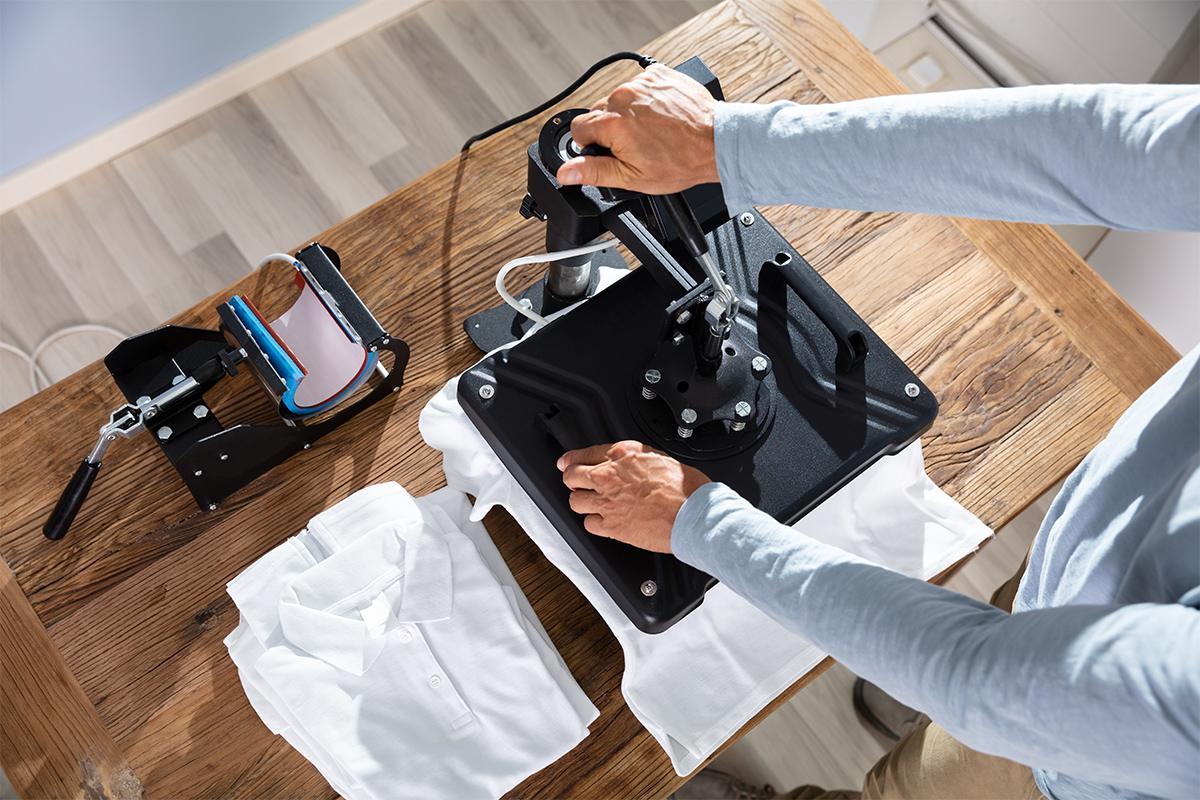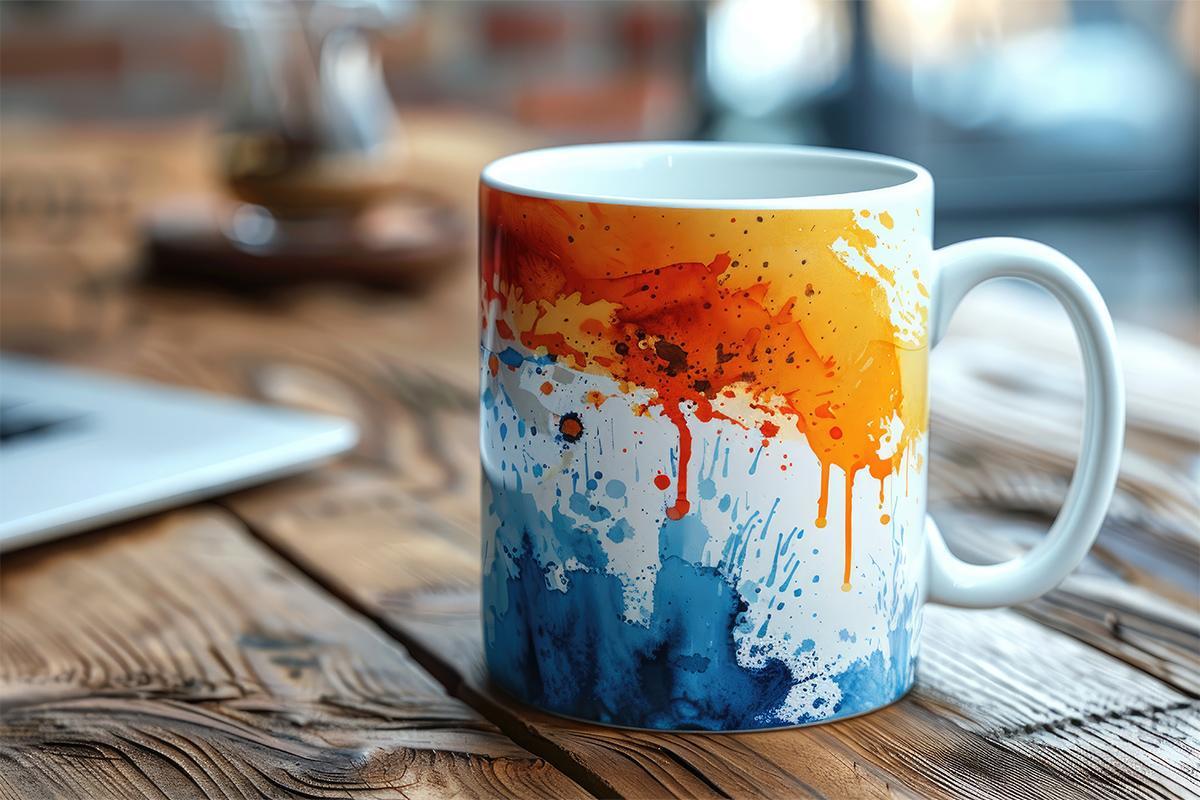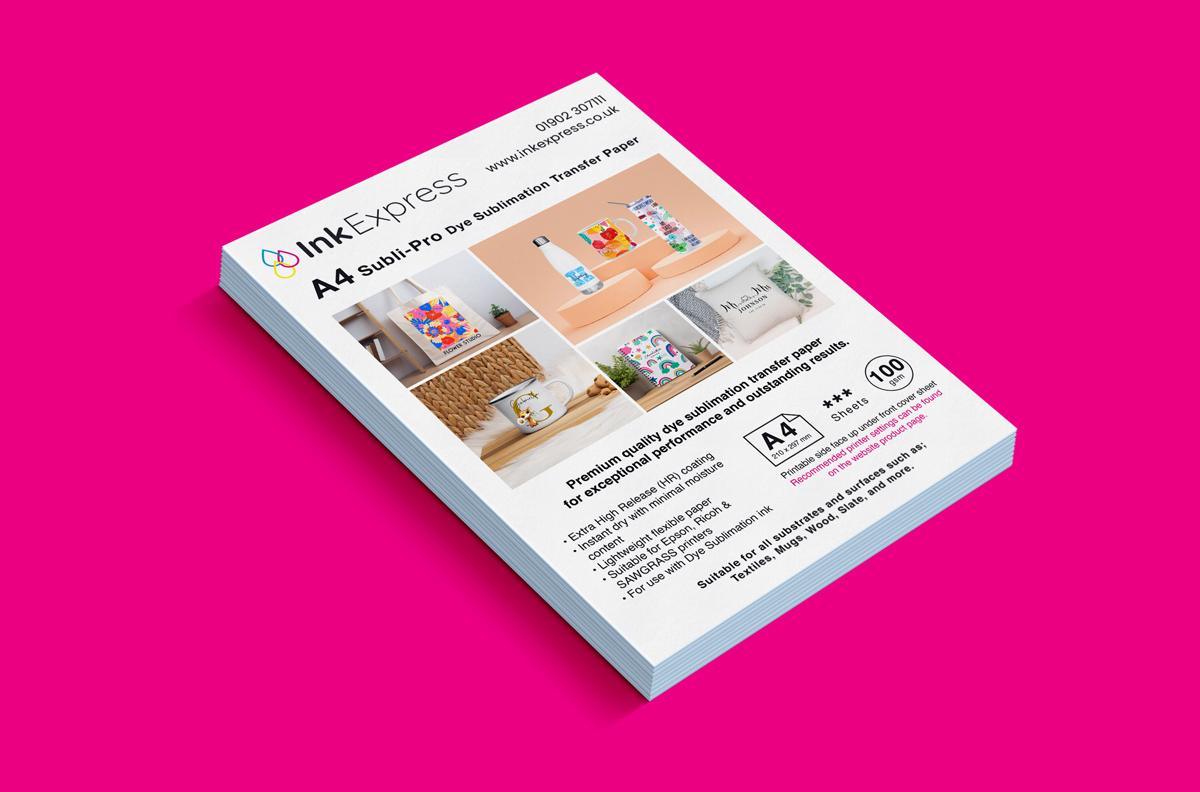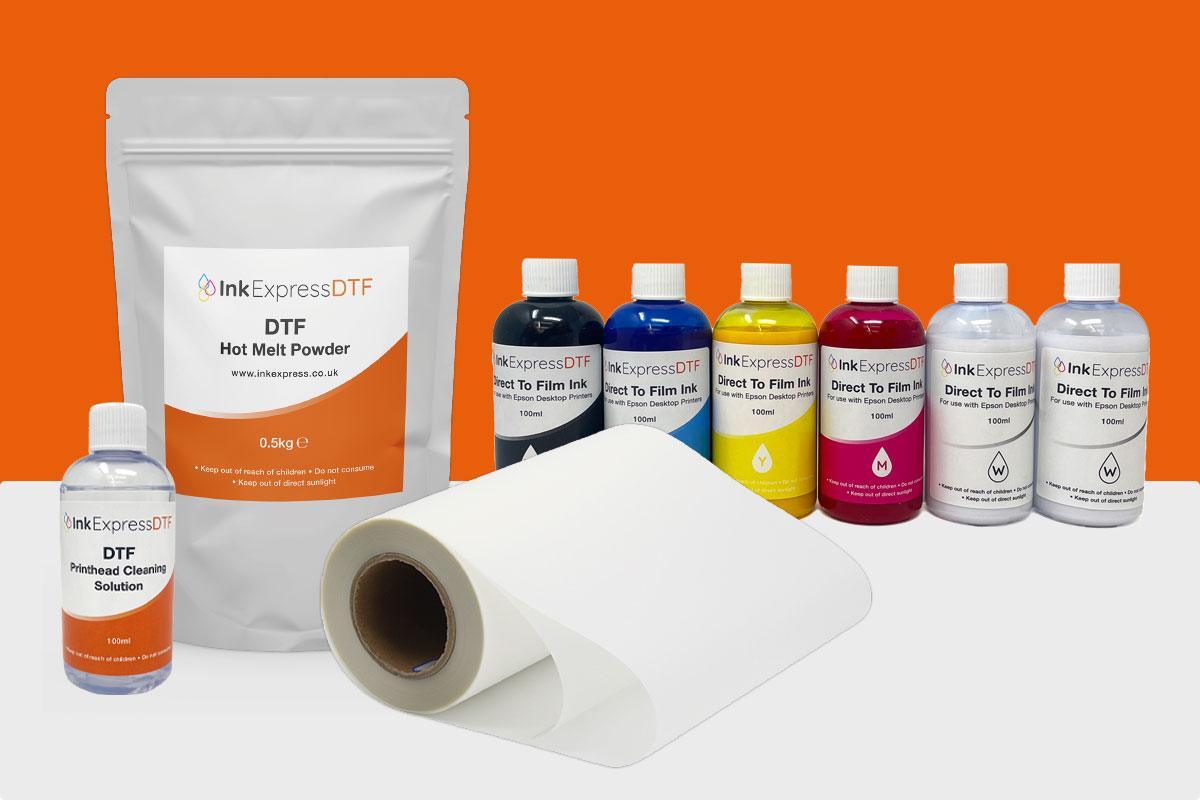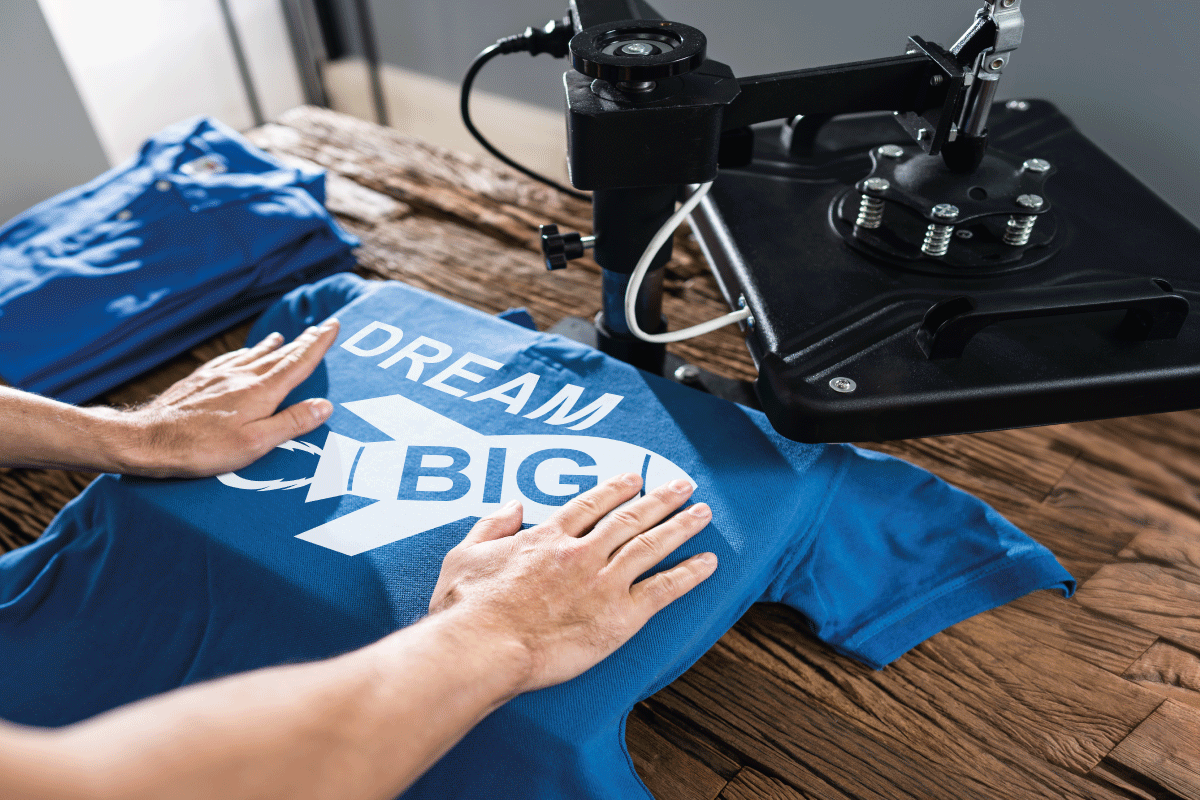
Order before 2pm Monday to Friday for same day dispatch – UK Mainland only
Expert help and support
Unbeatable low ink prices
Ultra reliable ink cartridges
A genuine ink cartridge also called an original ink cartridge or OEM (Original Equipment Manufacturer) refers to the ink cartridge that comes with an inkjet printer, or replacement cartridges that are manufactured by the original manufacturer of your printer. For example, if you have purchased an Epson printer, the original ink cartridge will be manufactured by Epson. As you would expect the printer manufacturer will always encourage consumers to buy their own branded product.
A compatible ink cartridge is a brand new cartridge produced by a third party manufacturer. They are predominately sold under ‘own label’ branding and are not associated with the genuine printer manufacturer. Ink Express compatible ink cartridges are manufactured to the highest standards and offer customers a high quality alternative for a much cheaper price than the genuine product. We often find that the print quality does not differ from the genuine cartridge and it will hugely reduce your printing costs.
A remanufactured or refilled ink cartridge is a previously used cartridge, which has been reprocessed (cleaned, refilled and electronically tested), by a third party manufacturer. When purchasing a remanufactured ink cartridge you are helping reduce the number of cartridges that are disposed in UK landfill sites. Ink Express remanufactured ink cartridges are produced in the UK by world leading remanufacturing companies. They are often filled with more ink and much cheaper than the genuine ink cartridges that you would purchase from the printer manufacturers.
The number of prints you get from an ink cartridge entirely depends on the ink cartridge and the type of printing you plan to do. Most printer manufacturers will display the ink cartridge’s page yield (the number of pages it will print) on the box. This page yield is based on an industry standard 5% coverage. 5% coverage is not actually a lot and in the real world it is only about 8 lines of text on an A4 sheet. So often the page yield displayed on the ink cartridge box can be a little misleading.
The number of pages you can print from an ink cartridge also depends on the type of printing you’re doing, as above the standard page yield is based on 5% coverage, so if you are planning to print photographs with more colour and larger coverage this will vastly reduce the number of pages or photographs you can print.
Finally, the actual ink cartridge volume will affect how many pages you can print. The more ink the ink cartridge contains the more pages you can expect to print. Most printer manufacturers offer a high capacity or XL version of the ink cartridges which contain more ink but are in turn more expensive.
At Ink Express we offer affordable printing alternatives to cartridges such as Continuous Ink systems (CISS), refillable cartridges and printers with manufactured tanks already built in meaning that instead of buying cartridges you can buy bottles of ink or bulk ink to refill your printer dramatically reducing the cost of printing.
In most cases the print quality or performance when using a compatible or remanufactured ink cartridge will be no different to an original manufacturers ink cartridge. Third party ink manufacturers and remanufacturers have invested millions into ensuring their cartridges offer original quality printing whilst still offering a good cost saving.
Typically, we find that the user will get warnings flag up when they install a third party ink cartridge but this is just the printer manufacturer trying to persuade the user to only use the manufacturers ink cartridges, which is obviously in their interest as this is where they make their money.
We have found with remanufactured or refilled ink cartridges that the printer can often inform the user that the cartridge is low of ink or empty. This is due to the cartridge being previously used and then refilled with ink. In most cases the user simply bypasses these messages by accepting the warning and continuing to print.
Ink Express advise consumers to read their printer manufacturers warranty statement regarding the use of third party ink cartridges or contact the printer manufacturer directly to find out their individual response. In our experience using a third party ink cartridges will not cause a printer to fail, in the worst case the ink cartridge will not print or will perform badly, simply removing it and changing ink cartridge will resolve this.
A refillable ink cartridge is a highly durable replica of an original manufacturer’s ink cartridge. Unlike an original or compatible single use cartridge, it is capable of being refilled from bulk ink bottles numerous times.
Ink is injected directly into the cartridge to fill the ink chamber. Like in an original or compatible ink cartridge this ink is used by the printer until the cartridge registers as empty. At this point the cartridge is removed, but instead of being disposed of it is refilled and placed back into the printer. The printer recognises the cartridge as full and will continue printing, saving you from having to buy a new ink cartridge.
Purchasing Ink Express refillable ink cartridges will not only save you money, but you are saving the environment too. If you are printing in volume and having to purchase a new set of cartridges every time you run out of ink, then refillable cartridges could be for you. You may find that the initial cost of the refillable cartridges is more, but the cost savings are much higher in the long run making them a great low cost alternative.
Not only will refillable cartridges save you money, but you are also doing your bit for the environment too. Ink cartridges are made of plastic and every time you get a new one, you need to throw away the old cartridge. This will only increase plastic wastage. Refilling your cartridges cuts this wastage down significantly. For every bottle of ink purchased you are saving up to 15 cartridges from going into landfill.
Ink Express ink is developed to match OEM inks in quality and longevity. This means you will get the same colours and life from your prints that you would if you were using genuine ink. All our ink is manufactured for the machines they are meant to be used in. For example, we only sell Epson ink for Epson’s, Brother ink for Brother’s and Canon ink for Canon’s. We DO NOT stock a universal ink as each ink should be formulated for the specific printhead. If your machine takes a dye based Epson ink, we supply a dye based Epson ink, if it takes a pigment Canon ink, then a pigment ink for Canon is what you will receive. The reason behind this is not only to ensure your machine operates as it was meant to, but also to ensure the quality of your prints.
Refillable Ink cartridges are not the reason for blockages in inkjet printers. Printers that use liquid inks are susceptible to ink blockages if not used for long periods of time; whether using OEM / compatible cartridges, refillable ink cartridges or continuous ink supply systems. After a period of 2 weeks without use, ink can start to dry on your printer head. As time goes on this ink solidifies until it eventually blocks your printer head, meaning prints come out with distorted colours, lines through the image (banding) or images simply refuse to print at all. Your average printer head clean can usually rectify this issue; that is if the printer has not been stood for too long, but it is always recommended to never let your printer get to this point. Ink Express recommend printing something in full colour once a week, or once every 2 weeks to ensure your printer never requires a head clean. If you can follow that simple rule, you will never have a problem with blockages.
All the Ink Express refillable ink cartridges have undergone strenuous testing in the machines they are built for. Before a product is even considered for selling it must undergo several tests to ensure the end user gets a quality product. If a product does not meet out requirements it will never be sold by us.
Some manufacturer’s warranties are voided by the use of third party consumables, this can include compatible ink cartridges, refillable ink cartridges or continuous ink supply systems. This means they won’t honour repair or replacement agreements outlined in the warranty. The details of this vary from manufacturer to manufacturer, any concerns should be addressed with the printer manufacturer direct.
A continuous ink supply system (CISS) or bulk feed ink system is a method for delivering a large volume of ink to an inkjet printhead. It is a modification that increases capacity of ink a printer can hold. Typically, a CISS consists of between 4 and 9 bulk ink tanks, depending on make and model of printer, that each hold 100ml of ink and sit at the side of a printer. They are attached by cartridges that sit inside of the printer, and a set of silicone or PVC rubber tubes that link the two parts together. These are very popular with customers who rely on bulk-printing solutions and are much more cost effective than buying cartridges.
Printers use pumps to pull the ink from the cartridges into the printhead. From here the ink is sprayed, heated, or pressed onto the page being printed to give you an image. As ink is pulled out of the cartridge air displaces the ink, eventually emptying the cartridge. Once empty, the cartridge is replaced, and the process starts over. With a CISS this process works on a larger scale. The printer pulls ink out of the cartridge onto the printhead. Instead of air being pulled into the cartridge to displace the ink, more ink is pulled through the rubber tubing from the external tanks. This means the cartridge never actually empties. Instead, air is pulled into the external ink tanks and the level of ink in the tank drops. Once the tank starts to get low more bulk ink can be poured into the tank to top it up, saving you from ever having to buy another ink cartridge.
A Continuous Ink Supply System is much more cost effective than printing with cartridges. The biggest advantage of the Ink Express CISS is the cost of replacing the ink. The ink tanks are refillable from a bottle of ink which can be purchased in 100ml, 200ml, 500ml or litre bottles ensuring you much lower running costs for your printer.
Most ink cartridges only include small liquid volumes, some as low at 8ml and consequently require frequent replacement. It should be also noted that every cartridge replacement is usually automatically followed by head-cleaning cycle of the printer to remove air bubbles from the system, further reducing usable ink. So, if you are printing large quantities a Continuous Ink Supply System will allow you to produce high quality prints for a fraction of the cost.
Not only will a CISS save you money, but you are also doing your bit for the environment too. Ink cartridges are made of plastic and every time you get a new one, you need to throw away the old cartridge. This will only increase plastic wastage. Refilling your cartridges cuts this wastage down significantly. For every bottle of ink purchased you are saving up to 15 cartridges from going into landfill.
Ink Express ink is developed to match OEM inks in quality and longevity. This means you will get the same colours and life from your prints that you would if you were using genuine ink. All our ink is manufactured for the machines they are meant to be used in. For example, we only sell Epson ink for Epson’s, Brother ink for Brother’s and Canon ink for Canon’s. We DO NOT stock a universal ink as each ink should be formulated for the specific printhead. If your machine takes a dye based Epson ink, we supply a dye based Epson ink, if it takes a pigment Canon ink, then a pigment ink for Canon is what you will receive. The reason behind this is not only to ensure your machine operates as it was meant to, but also to ensure the quality of your prints.
Continuous Ink Systems are not the reason for blockages in inkjet printers. Printers that use liquid inks are susceptible to ink blockages if not used for long periods of time; whether using OEM / compatible cartridges, refillable ink cartridges or continuous ink supply systems. After a period of 2 weeks without use, ink can start to dry on your printer head. As time goes on this ink solidifies until it eventually blocks your printer head, meaning prints come out with distorted colours, lines through the image (banding) or images simply refuse to print at all. Your average printer head clean can usually rectify this issue; that is if the printer has not been stood for too long, but it is always recommended to never let your printer get to this point. Ink Express recommend printing something in full colour once a week, or once every 2 weeks to ensure your printer never requires a head clean. If you can follow that simple rule, you will never have a problem with blockages.
The best models to use with a CISS tend to be Brother and Epson printers. Due to the print heads fixed position in these machines and their durability, CISS tend to work considerably well in both manufacturers’ models. There are some exceptions to this rule, but these exceptions will not have a CISS listed on our website. Canon, HP, Lexmark, and other manufacturers’ printers tend to be more difficult to fit with a CISS. The cartridge design on these machines makes it near impossible to build a reliable continuous ink supply system.
In some cases, a chip is required to be placed on each cartridge to verify it is present in the printer and to record the ink level in the cartridge. In these cases, a special auto reset chip (ARC) is developed to replicate the OEM chip and replace it with a reset function.
When a printer uses ink from a cartridge it records how much ink it has taken from that cartridge and stores the data on the cartridges chip. The chip starts at 100% (full) and eventually runs to 0% (empty). At this point a regular cartridge would become disposable and the printer would require a new cartridge to continue printing. With auto reset chips, taking the cartridge out of the printer when it registers as empty (0%) will cause that chip to reset back to full (100%). When placed back in the printer the machine will continue to function as before and the cartridge that registered as empty will now display as full again. It is important to note at this point that only the cartridge that registered as empty will reset. The other cartridges will stay at the level previously shown on the printer. This is how a CISS fools a printer into thinking it is using a regular cartridge, and why it will register as empty when a standard cartridge capacity is used. Even though the ink tank has 100ml of ink in, and the cartridge never actually empties, the chip must fool the printer into thinking it is using a standard capacity cartridge for it to function.
Parts of your CISS will deteriorate over time. The seals inside the cartridges are made of a durable rubber that does become worn after prolonged use. Luckily it is very easy and cheap to replace.
To keep on top of this Ink Express recommend servicing your ink system once every 18 – 24 months.
All our products are tested thoroughly before becoming available to purchase. Testing can take up to 6 months before we deem a product ready for sale, so it may be the case that your printer is still in the testing phase. If we find a certain type of printer to be too inconvenient for the end user when fitted with a CISS, or simply not fit for purpose, we will refuse to sell a CISS for it. This does not mean that your printer cannot use alternative inks or bulk inks. Nearly all printers work exceedingly well with third party consumables, and if we don’t stock the CISS for your model we will more than likely stock a refillable ink cartridge instead.
All the Ink Express Continuous Ink Supply Systems have undergone strenuous testing in the machines they are built for. Before a product is even considered for selling it must undergo several tests to ensure the end user gets a quality product. If a product does not meet out requirements it will never be sold by us.
Some manufacturer’s warranties are voided by the use of third party consumables, this can include compatible ink cartridges, refillable ink cartridges or continuous ink supply systems. This means they won’t honour repair or replacement agreements outlined in the warranty. The details of this vary from manufacturer to manufacturer, any concerns should be addressed with the printer manufacturer direct.
Matte paper gives a flatter and more classic photo look with a lower level of contrast. As a result, matte photos tend to reveal textures in the paper and the uneven surface that results can create a very appealing look. The paper is clay coated which helps to prevent the colours from bleeding. This ensures sharp printing on photographs as well as text. Colours are kept bright and vibrant compared to plain uncoated paper as the ink does not bleed into the paper. Matte coated inkjet photo papers are generally cheaper than gloss due to the manufacturing process. Ink Express offer a range of Matte photo paper from light to heavy weight.
Gloss coated photographic papers are the most common choice for users; the glossy, shiny printable surface offers a lab style printed result at home. Gloss coated photo papers use a resin to coat the paper this prevents the ink from bleeding into the paper and keeps the ink close to the surface. Here at Ink Express we stock a range of weights and sizes. We stock two ranges of gloss photo paper; our standard gloss paper which is ideal for home users wanting a cost effective paper for home photo printing and our Professional gloss paper which has a nanoporous coating and is ideal for use with pigment or dye printers offering a fantastic finish and a true photo lab type print.
Click here to view our range of Standard Gloss Paper
Click here to view our range of Photographic Gloss Paper
Our Satin photo paper is a semi-gloss finish and is sold as many different names depending on the company or manufacturer. Semi-gloss, oyster, pearl and lustre are the all basically the same finish. Here at Ink Express one of our top selling photographic papers is our Nanoporous Pro Smooth Satin Photo Paper.
GSM or grams per square metre is a measurement of how heavy a paper is, the higher the number the heavier and generally thicker the paper is, though this is not always the case. 80GSM is the standard weight for most plain uncoated office paper. Ink Express photo paper range starts at 120GSM up to 270GSM
This all really depends on the printer you own. Most inkjet printers are A4 so can print onto papers A4 in size (297x210mm) this is an industry standard size. Common digital printing paper sizes are 6×4 inch, 7×5 inch, A4, A3 and A3+
Get the latest from the world of Inkjet, Sublimation & Heat Transfer.

